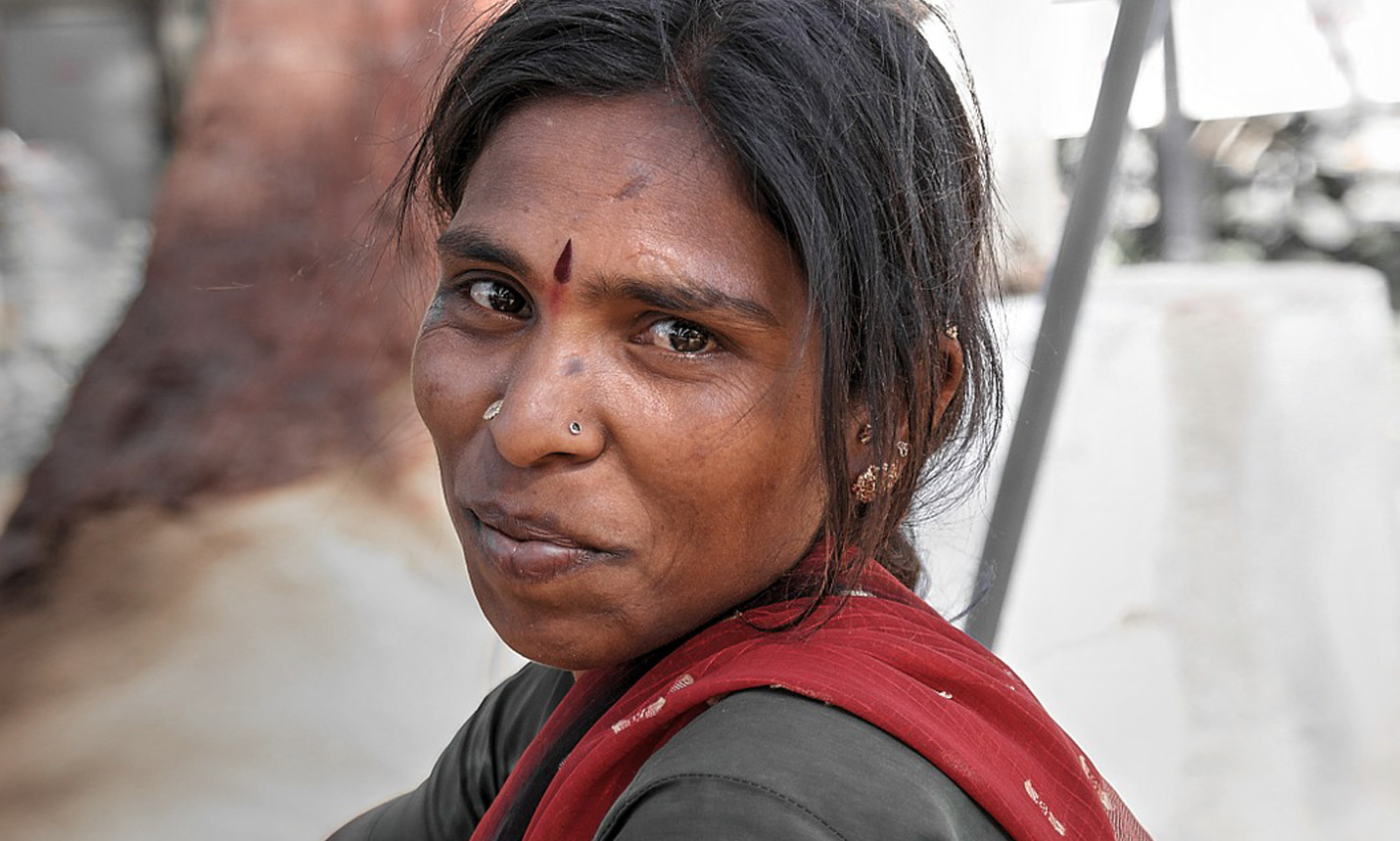Indians: Heart Attack at Young Age and Higher Death Rate

In 2010, close to 25% of deaths in India were due to Cardiovascular disease. Did you know that Indian people are at higher risk of heart attacks and the rate of heart disease in this ethnic group is hitting younger ages? Research findings reveal that Indians are more likely to get a heart attack eight to ten years earlier than other ethnic groups worldwide. So why are young Indians more likely to suffer from a heart attack?
Heart Disease in India
Heart disease is the leading cause of death worldwide, with over 17 million deaths in 2015. The risk of heart disease varies a lot in each country due to differences in genetics and socioeconomic status. India ranked very high when it comes to death from heart disease, 39 out of 171 countries. Another study from 2014 found that deaths from coronary heart disease doubled on the Indian subcontinent since the year 1990.
Heart attack at a young age and Higher death rate
- Research dating back to the 1950s has concluded that Indians are at higher risk of heart disease.
- The median age of heart attack in South Asians is 52 years as compared to 62 years in Europe
- Heart attack deaths at age less than 70 years is 52% as compared to 23% in the western world.
Why an increase in the rate of Heart Disease among Indians?
The main factors increasing heart disease among young Indians can be attributed to lifestyle changes.
Smoking
- About 1/3rd of Indians use tobacco products and smoking rates are increasing in the young population.
Diet / Nutrition
- Fat intake has increased by 50% in both urban and rural populations from 1972 to 2000.
- Indians consume fewer fruits and vegetables even though there is a large percentage of the vegetarian population. The majority have less than one serving of fruit a day.
Sedentary Lifestyle
- According to an ICMR-INDIAB study, 50% of Indians are physically inactive.
Risk Factors
- The diabetes rate has doubled in urban India in the last two decades
- Hypertension exists in one-third of the Indian population and its prevalence has also doubled in the last two decades
- Over 80% of the population has an abnormal lipid profile.
How to Prevent Heart Disease?
If you are a young Indian, you may be wondering how you can reduce your risk of heart disease. The information below should give you a better idea of how to prevent heart attacks in the future and keep yourself healthy.
One of the easiest ways to prevent heart disease and heart attacks is to alter your diet. You should also increase your intake of leafy greens and fresh fruits. A study of over 350 Indians showed that those who consumed diets rich in vegetables decreased their risk. Mustard Oil also created an inverse association with heart disease. If you eat a lot of red meat, you should consider removing lamb and other red meat from your diet altogether. Instead, you should eat more fish.
Another important step is to increase your exercise routines. You may want to go on long walks or bike rides three to four times per week. Buy yourself a new pair of sneakers and go for a short run every morning or maybe join a local gym. Pay attention to what you put in your body. If you can get your heart to start pumping blood faster and get rid of those extra calories, you’ll be able to prevent plaque from building up in your arteries.
Talk to your doctor
According to studies, there is significant underreporting of symptoms in the Indian population. It could be partially due to out of pocket payment system for healthcare and partially due to a lack of knowledge about heart disease. If you are more than 35 years of age get a cholesterol check, Blood pressure check and must see a medical doctor if there is any family history of heart disease.
Be sure to check out our article on Heart Attack in Women.
Learn more about symptoms of heart attack and when to see a doctor in our previous article.
RESOURCES:
- Coronary heart disease in Indian Asians. Glob Cardiol Sci Pract. 2014; 2014(1): 13–23.
- The American Journal of Clinical Nutrition, Volume 79, Issue 4, 1 April 2004, Pages 582–592,https://doi.org/10.1093/ajcn/79.4.582
- http://circ.ahajournals.org/content/133/16/1605
- ICMR–INDIAB Collaborative Study Group. Physical activity and inactivity patterns in India – results from the ICMR-INDIAB study (Phase-1) [ICMR-INDIAB-5]. Int J Behav Nutr Phys Act. 2014; 11:26. DOI: 10.1186/1479-5868-11-26.
- Ramachandran P the Double Burden of Malnutrition in India. Rome, Italy; Food and Agriculture Organization; 2006
- Socioeconomic inequalities in non-communicable disease prevalence in India: disparities between self-reported diagnoses and standardized measures.PLoS One. 2013;8: e68219. DOI: 10.1371/journal.pone.0068219
- Regional variations in cardiovascular risk factors in India: India heart watch.World J Cardiol. 2012; 4:112–120. DOI: 10.4330/wjc. v4. i4.112.
- https://www.ncbi.nlm.nih.gov/pubmed/23869213?access_num=23869213&link_type=MED&dopt=Abstract

